How to Find Passwords on Mac: Step-by-Step Guide
Mac users benefit from a default password manager and browser autofill features that allow users to conveniently find, change, and delete all the saved passwords from a single place. These include:
- App login credentials
- Wi-Fi passwords
- Website account credentials
- Digital banking credentials
- Digital wallet passwords
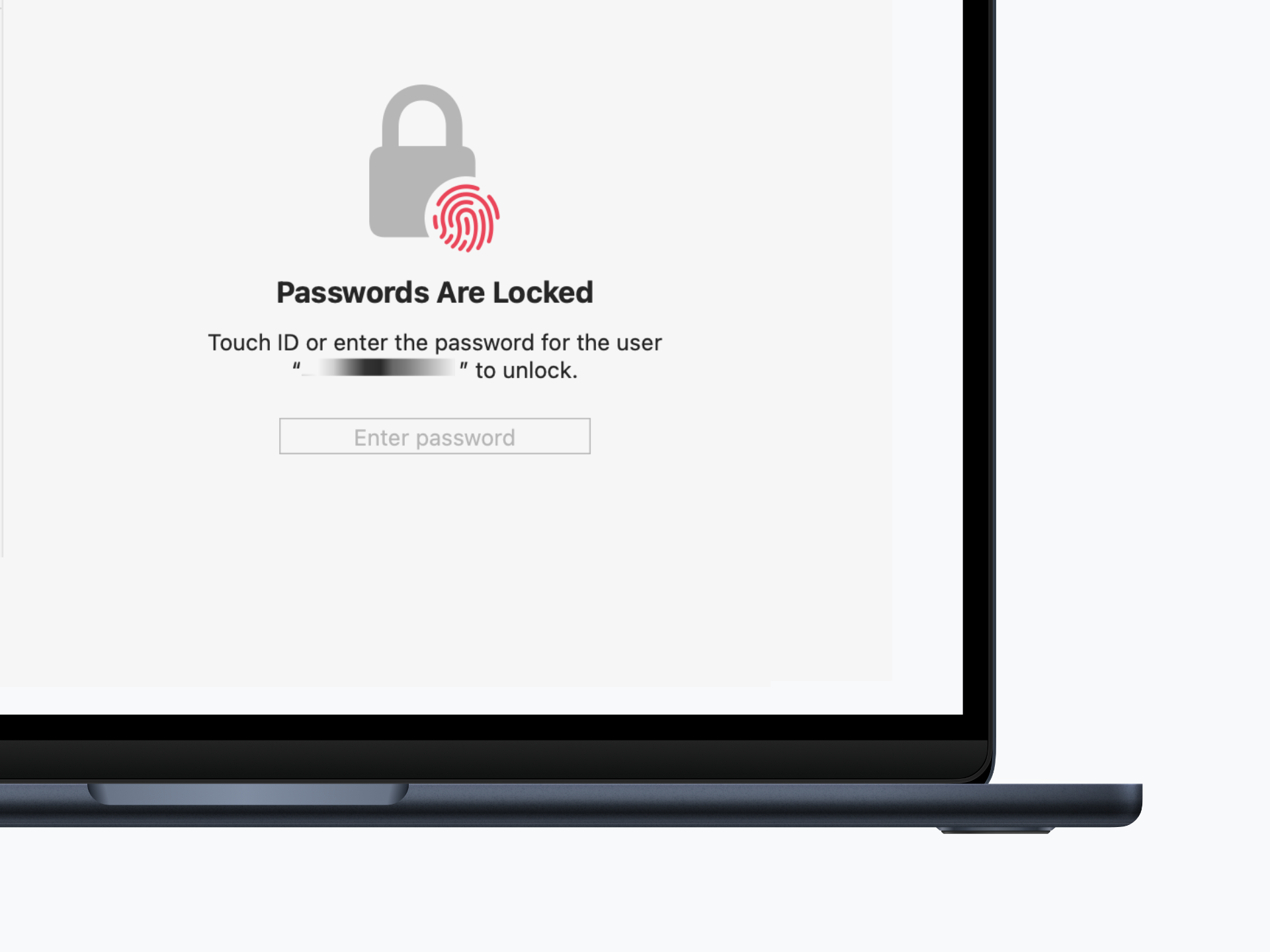
Apple stores all your passwords in a pre-installed app called Keychain Access. This app securely saves your passwords and keypasses, ranging from Wi-Fi networks to applications and more, while auto-filling account information when needed. Operating through iCloud, it synchronizes data across all your Apple devices. As you might expect, you can find your stored passwords in this very same application.
However, similar to other password manager utilities, you need a password to view your stored passwords — indeed, it’s an added layer of security!
If you are using a third-party password manager, you can easily open the app to view and edit your saved passwords. However, if you use Keychain Access or store passwords directly within your browsers, here’s how to manually locate them.
1. Via System Settings
Macs running on macOS Monterey and later versions feature a dedicated Passwords utility within the System Settings, providing direct access to Keychain Access.
- Click on the Apple menu at the top left corner and select System Settings.

- Go to Passwords and enter your user account’s password.
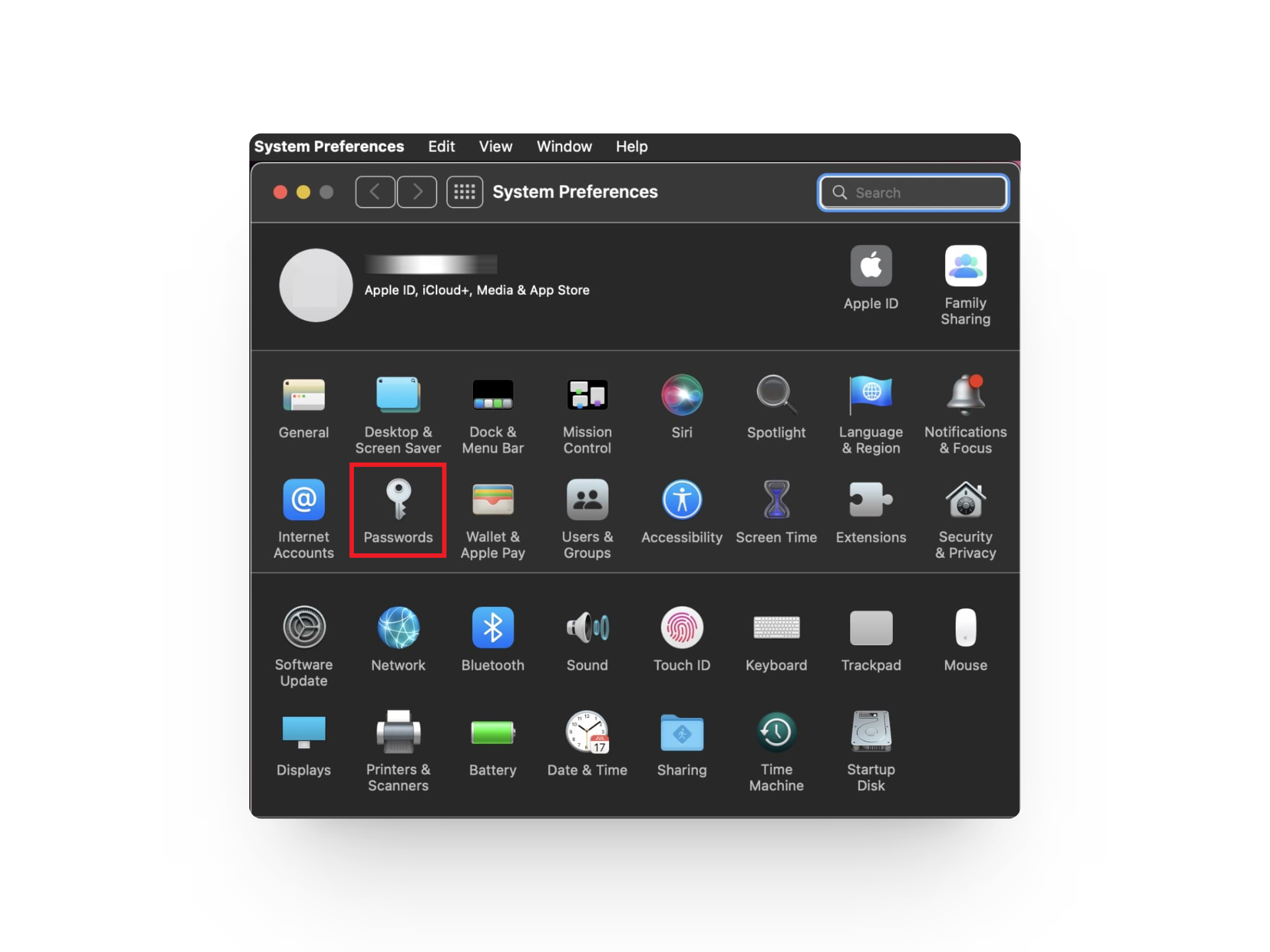
- From the left pane of the window, click on a website to view its details.
- Finally, click on the Edit button to view and edit the password.

2. Via Finder App
For versions older than macOS Monterey that lack direct access to Passwords via System Preferences, the Finder app serves as a great alternative method.
- Launch the Finder application and go to Applications > Utilities > Keychain Access.
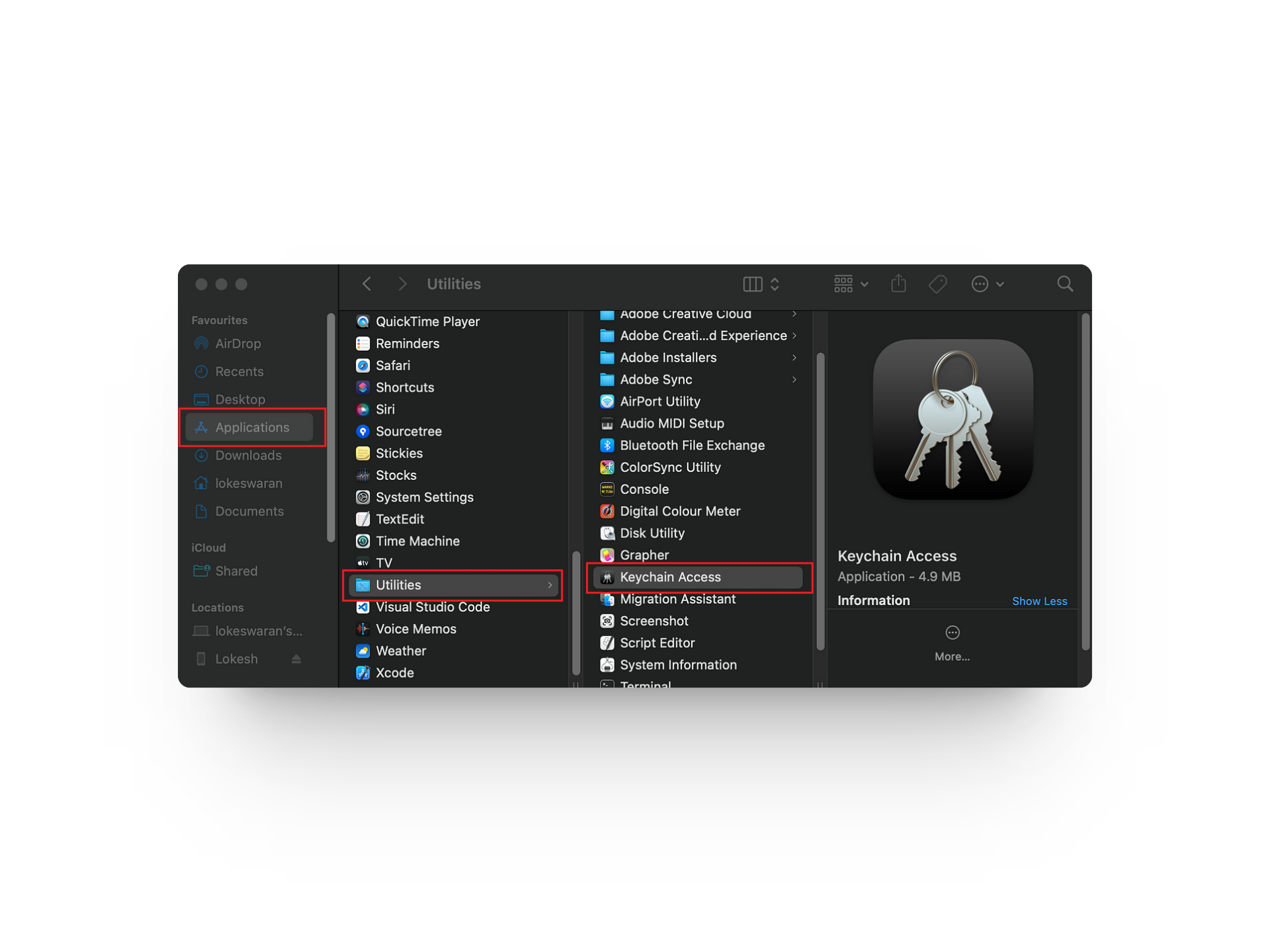
- Use the search bar at the top right corner and look for the app or service you need to see the password for.
- Go through the list and double-click on the one you need to view.
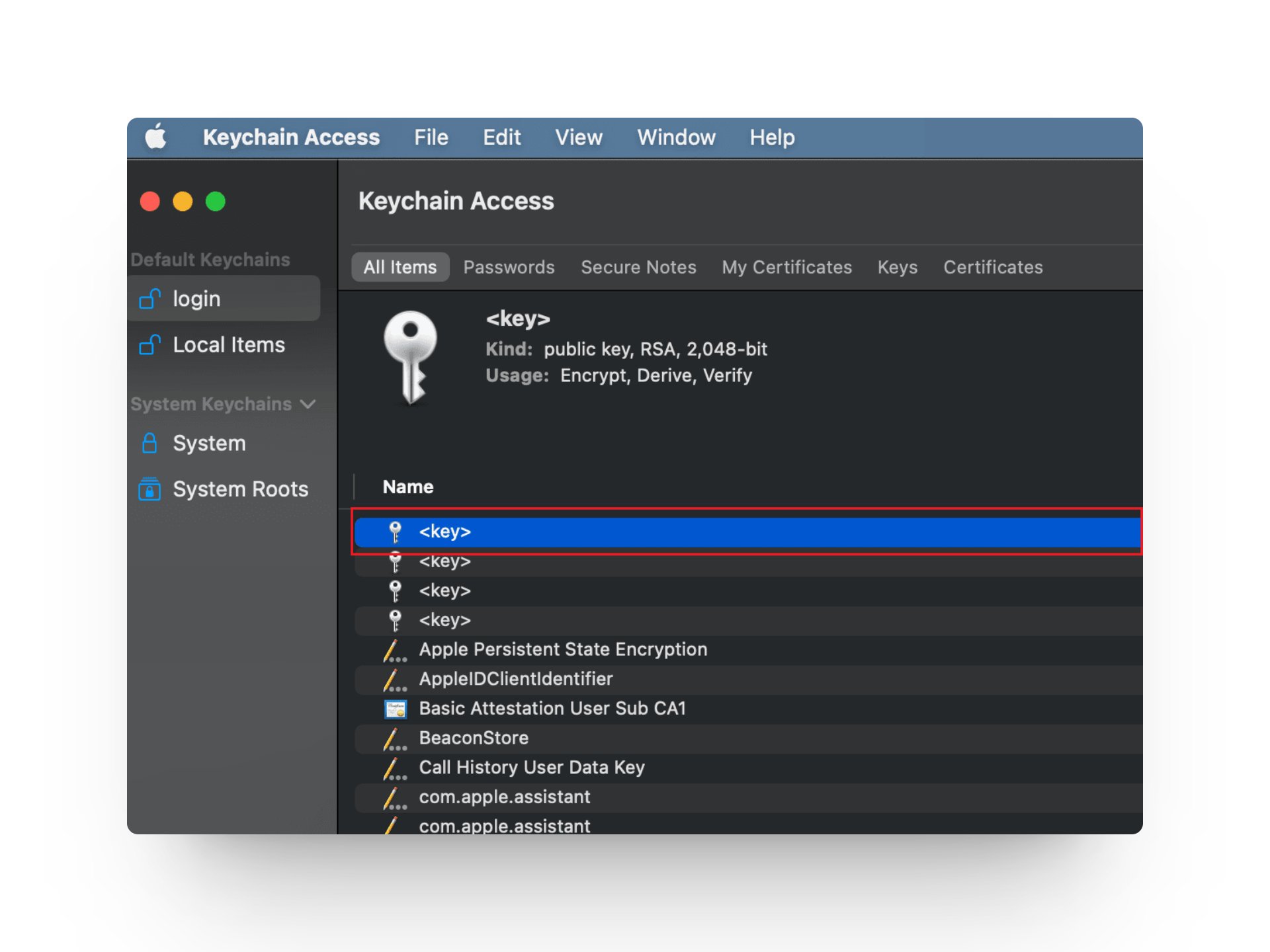
- Check the box next to Show password.
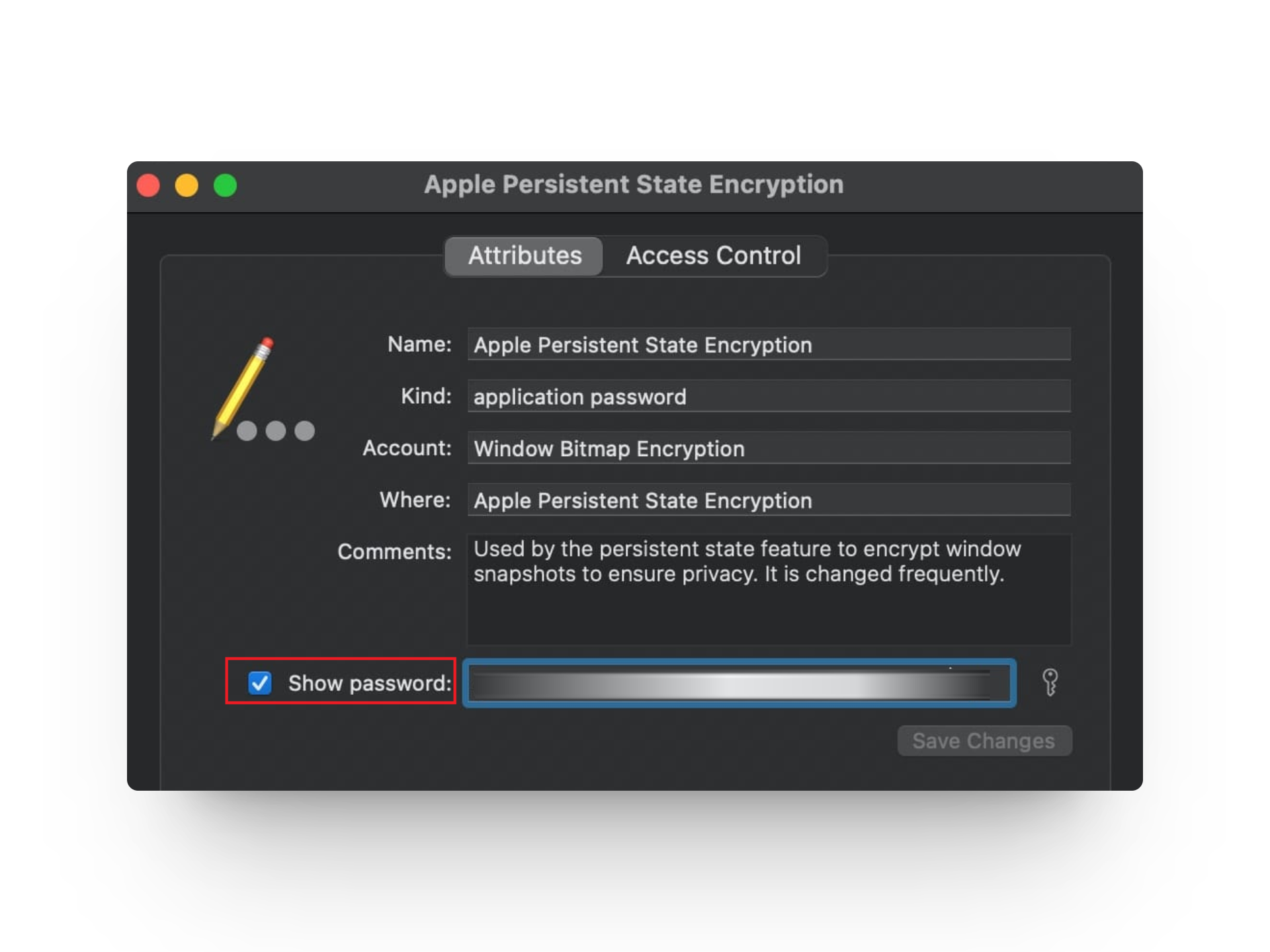
- When prompted, enter the passcode for your user account and click OK.
3. Via Safari Browser
Keychain Access will only work if you are signed into iCloud. Otherwise, you’ll need to use Safari to view your saved credentials.
- Launch Safari and from the menu bar, go to Safari > Preferences.
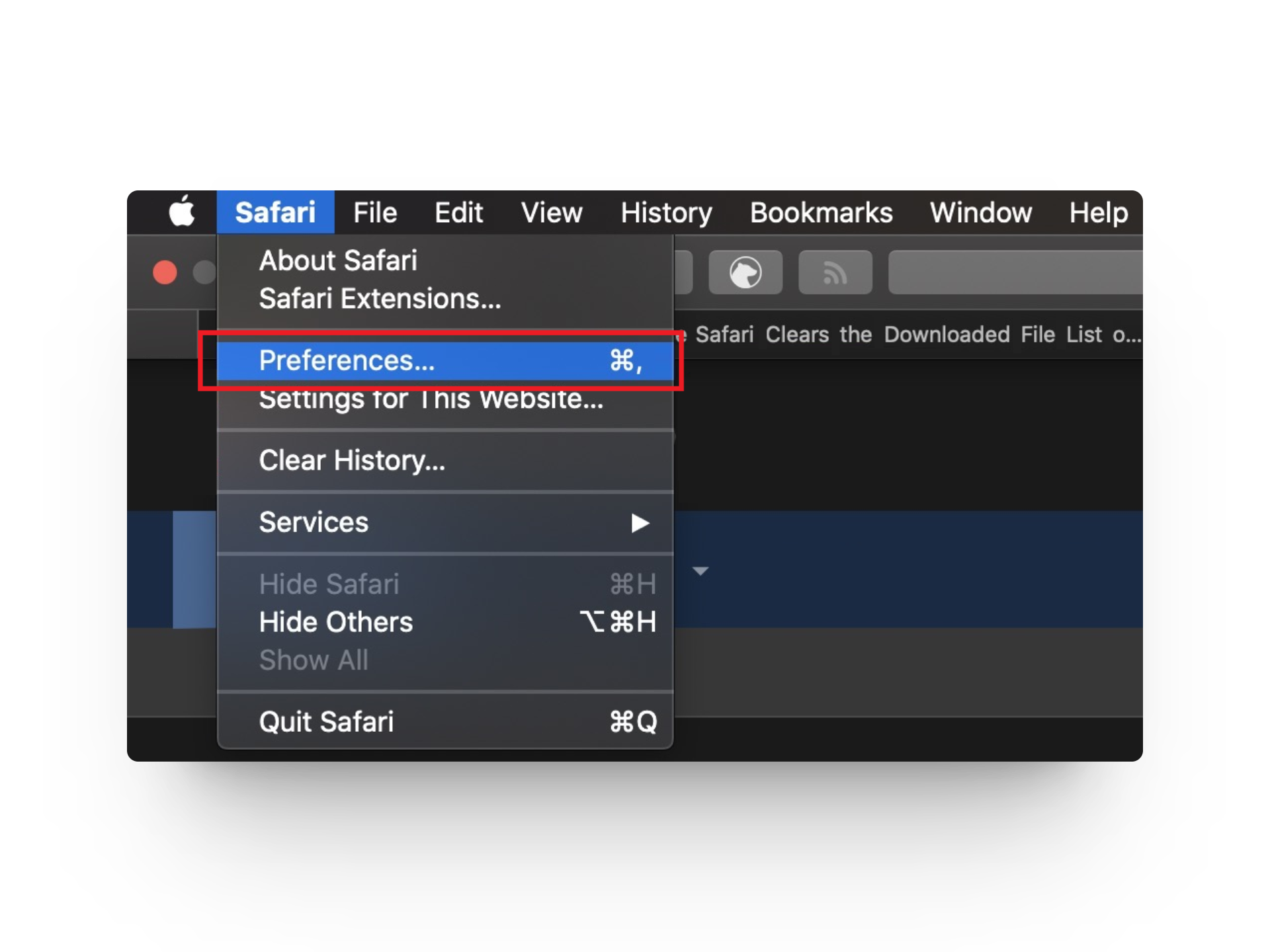
- Go to the Passwords tab and enter your user account’s password.
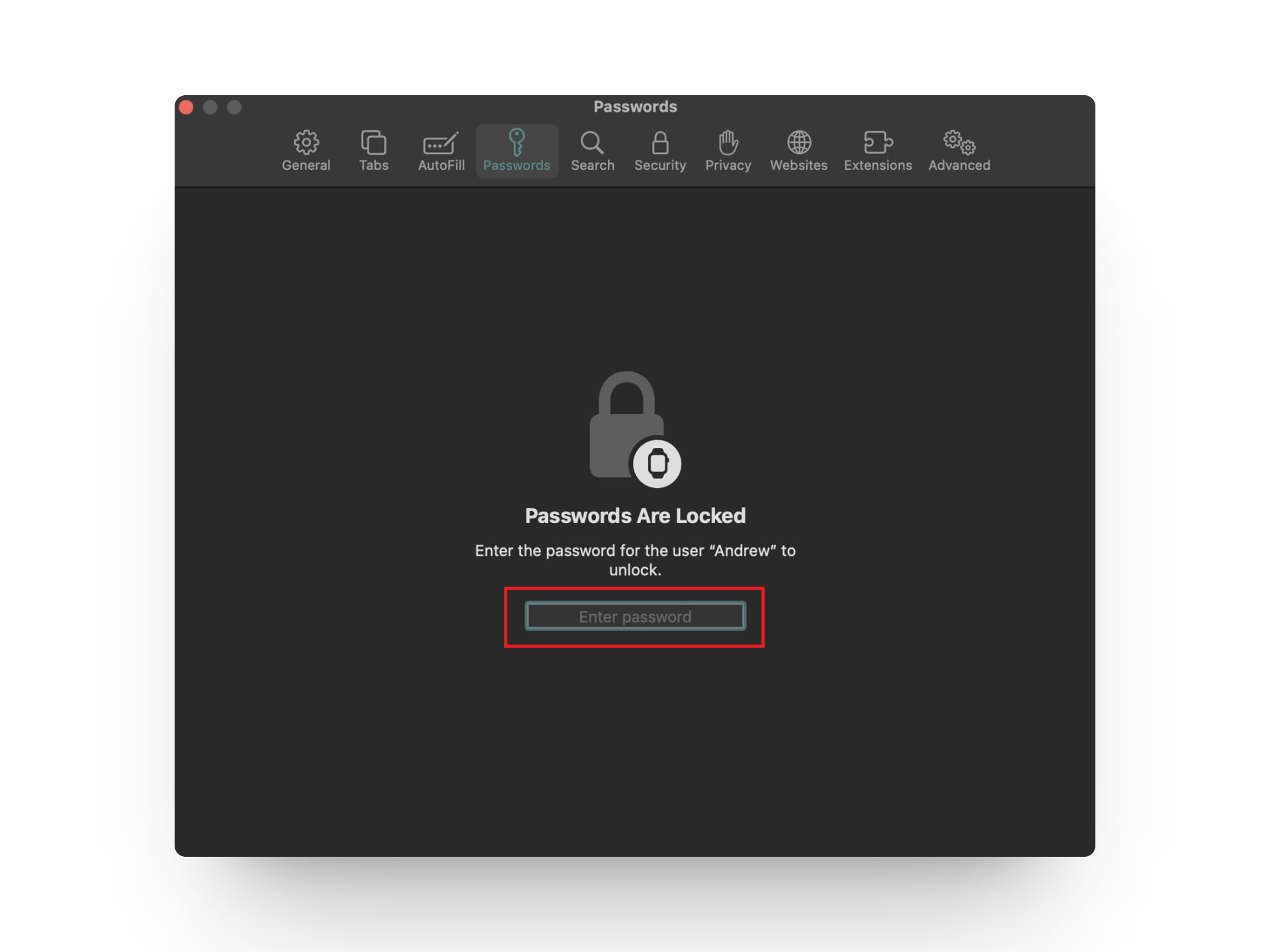
- Choose a website from the left pane and click on the Edit button to view its password.
4. Via Google Chrome
Many users prefer Chrome over Safari, but unfortunately, it does not work with Keychain. You’ll either need to install a browser extension to make it compatible or use the default Chrome storage for managing your saved passwords.
- Launch the Chrome browser on your Mac.
- On the menu bar, click on Chrome > Preferences.
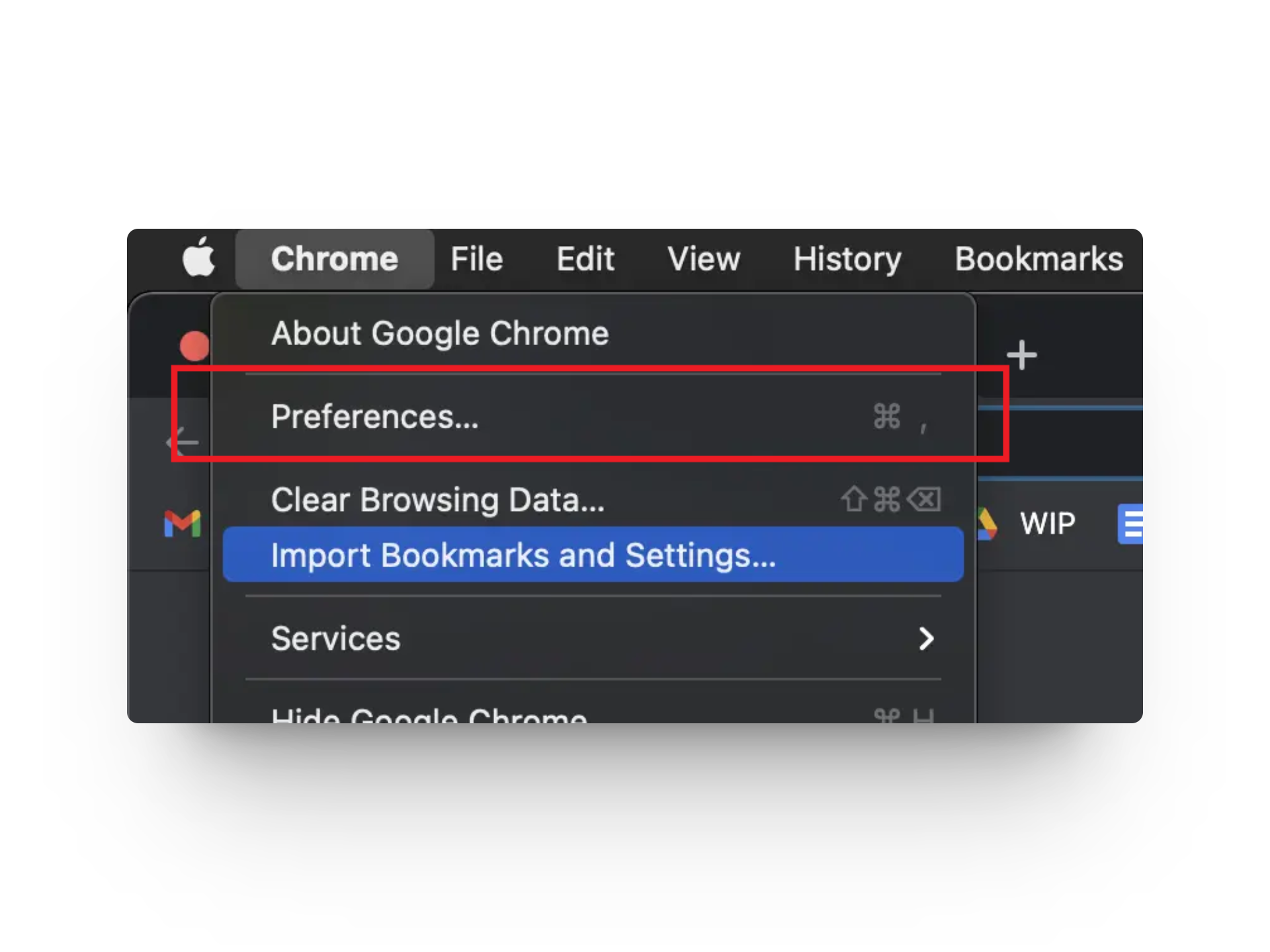
- Then, go to the Autofill tab from the left pane and click on Passwords.
- Scroll down to the Saved Passwords section and click on the eye icon next to the password you wish to view.

- In the pop-up prompt, enter your user account password and click OK.
- The password will appear in its dedicated column. To hide the password, click the eye icon again.
5. Via Mozilla Firefox
If your go-to browser is Firefox, it also has a built-in password manager feature that allows you to autofill, view, and edit your login information.
- Launch the Firefox browser.
- Click on the hamburger menu at the top right corner and choose Passwords.
- Use the search bar or scroll through the list then click on the website you need the password for.
- Click on the eye icon to reveal the password.
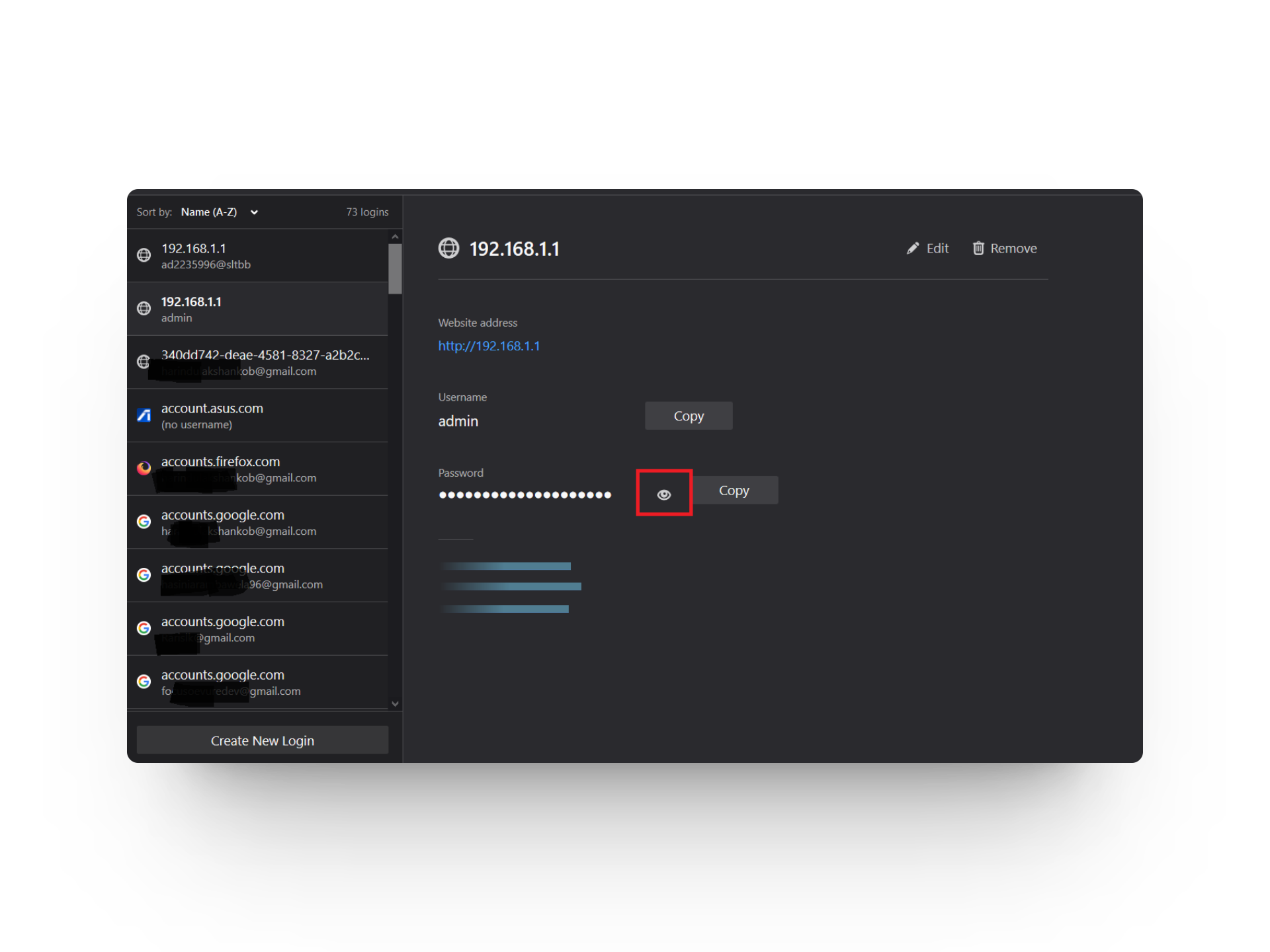
 Reviewed by
Reviewed by 




